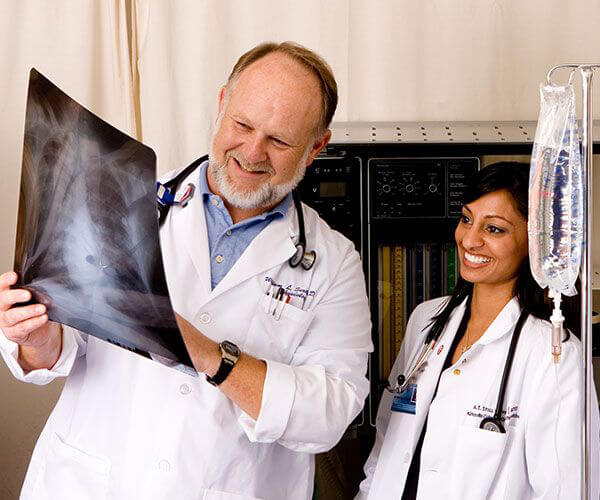Program Competencies and Performance Measures
| PANCE Performance* *The CCPA program has received provisional accreditation The most recent PANCE score report is available here | |||||
| Class | Graduation Year | Number first time takers | Program First Time Taker Pass Rate | National First Time Taker Pass Rate | % of Candidates Who Ultimately Passed PANCE |
| 2023 | 2023 | 88 | 68% | 92% | 95% |
| 2024 | 2024 | 80 | 55% | 92% | 85% |
| 2025 | 2025 | 71 | 79% | 91% | 80% |
| 2026 | 2026 | —— | —— | —— | —— |
| 2027 | 2027 | —— | —— | —— | —— |
Program Attrition
|
| Graduated Classes | |||
| Class of 2023 | Class of 2024 | Class of 2025 | Class of 2026 | |
| Maximum entering class size (as approved by ARC-PA) | 90 | 90 | 90 | 90 |
| Entering class size | 90 | 90 | 90 | 89 |
| Graduates | 88 | 82 | # | # |
| * Attrition rate | 2% | 8.89% | # | # |
| * Attrition Rate for Diverse Students | 0% | 9.4% | # | # |
| **Graduation rate | 98% | 91.11% | # | # |
*Attrition rate calculation: Number of students who attritted from cohort divided by the entering class size.
**Graduation rate: Number of cohort graduates divided by the entering class size.
# No data yet available.
CCPA Program Goals
-
Goal 1: Matriculate a cohort of students from diverse backgrounds.+
-
Benchmark
- Matriculate a greater national average, than other PA programs, of diverse and underrepresented students
- Maintain an annual attrition rate of <10% of diverse and underrepresented students
Data Source
- For Benchmark #1
- PAEA PA Program race data from Program Report 36
- U.S. 2020 Census information
- NACHC Data Updated 2023
- Program Demographic data from CCPA admissions materials
- For Benchmark #2
- Student attrition rates with demographic data
CCPA Program Graduate Competencies
Medical Knowledge MK1- Apply the knowledge of foundational medical sciences to provide appropriate, evidence-based, culturally competent patient care. Clinical and Technical Skills CTS1- Elicit a comprehensive, detailed, and accurate patient history. CTS2- Perform an appropriate physical examination on a patient with accurate technique. CTS3- Perform basic technical procedures used in primary care. Clinical Reasoning and Problem-Solving Abilities CRPS1a- Formulate a working diagnosis. CRPS1b- Interpret diagnostic studies. CRPS2- Formulate comprehensive patient management plans. Interpersonal Skills IS1- Demonstrate respectful, clear, and culturally competent communication with patients. IS2- Communicate medical information accurately to members of the interprofessional healthcare team. Professional Behaviors PB1- Demonstrate an understanding of the guidelines that drive the PA profession. PB2- Exhibit professional behaviors in interactions with patients and the healthcare team.
Results
-

